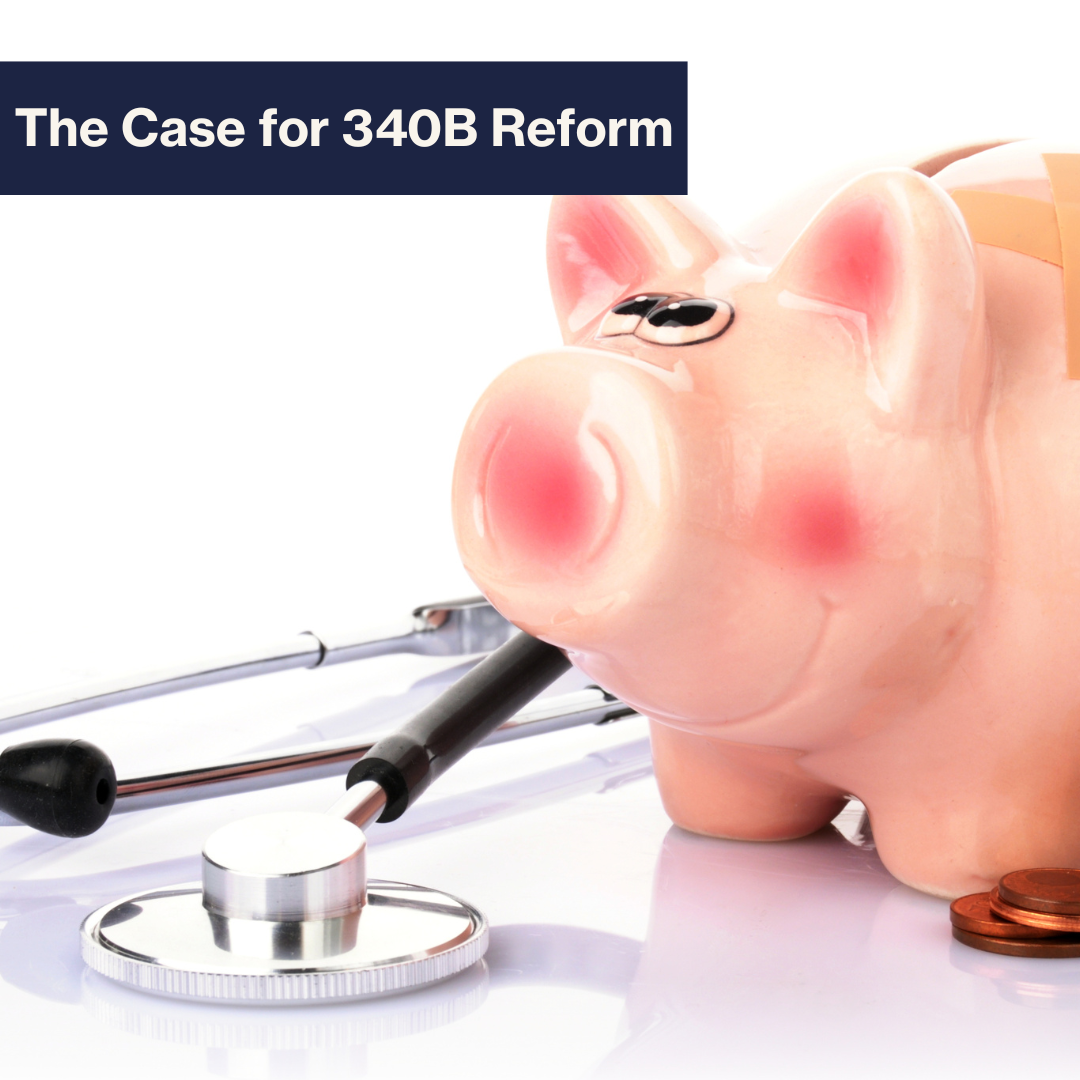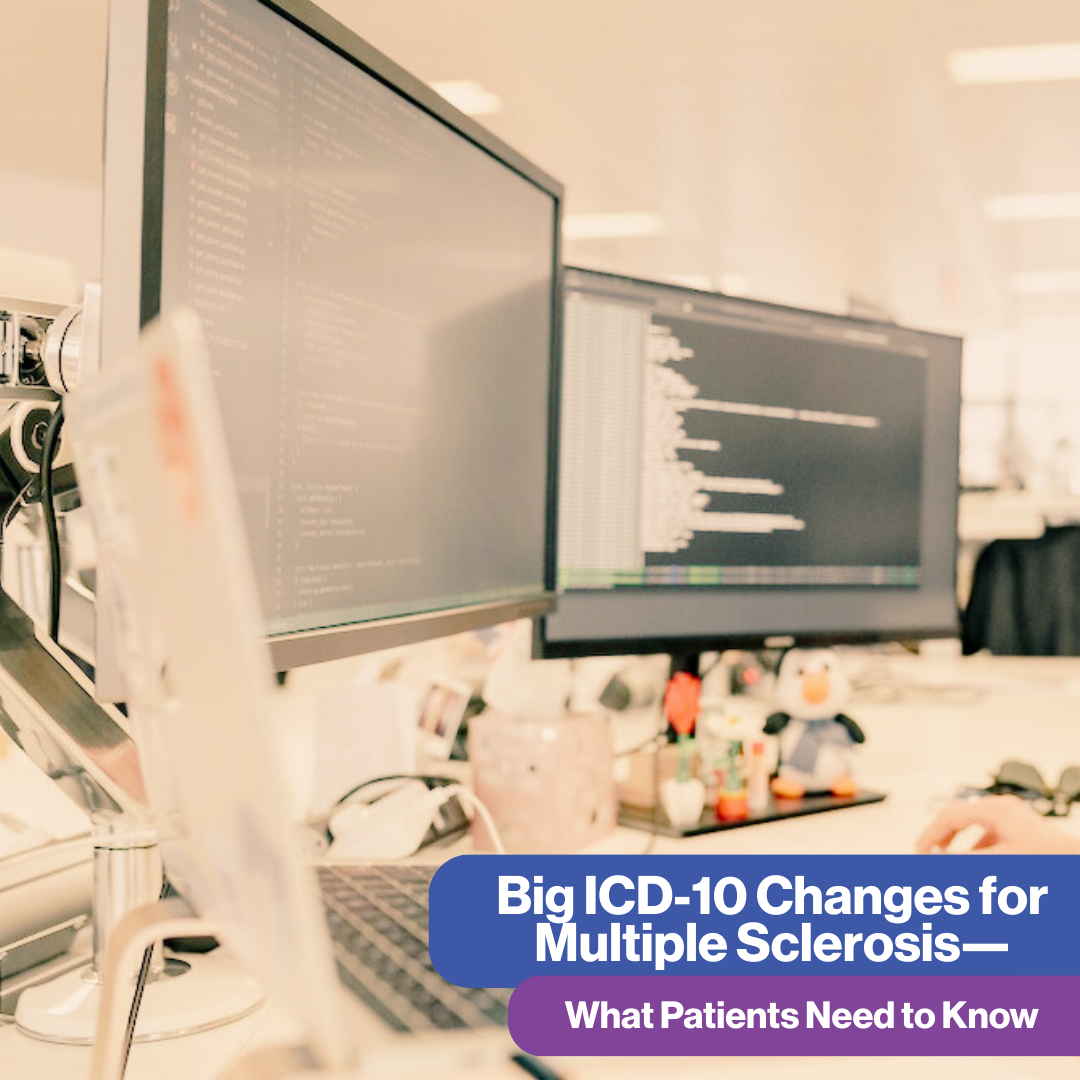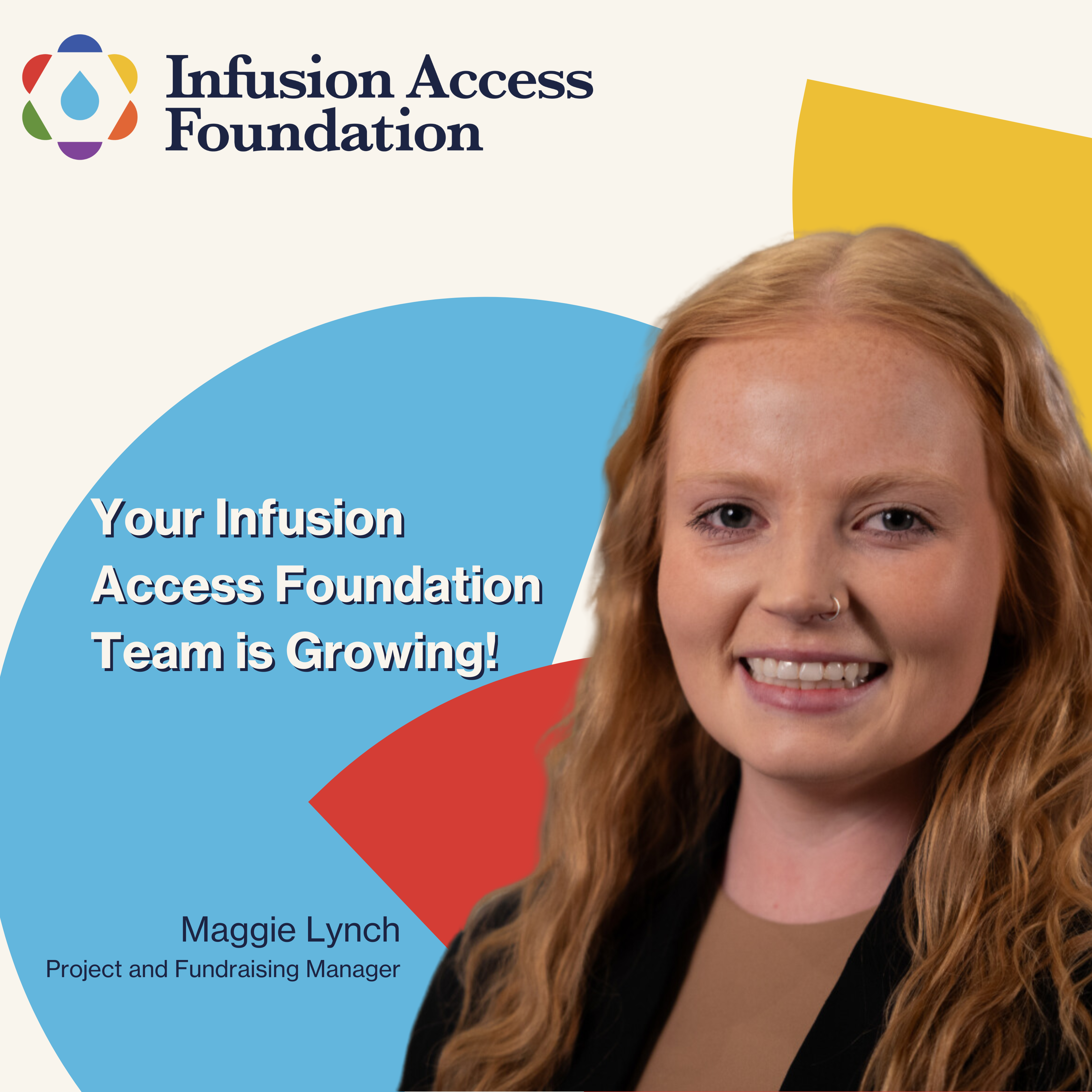What if we told you there’s a drug program raking in more annual revenue than the MLB, NFL, NBA, and NHL combined? You’d expect a program of that scale to be a household name, subject to intense public scrutiny and robust oversight. But chances are, you’ve never heard of it. And here’s the twist: you might be one of its patients and not even realize it.
It’s called the 340B Drug Pricing Program, a federal initiative created to support providers caring for uninsured and low-income patients by helping them stretch limited resources. Since its inception, the program has expanded dramatically. In 2023 alone, 340B covered entities purchased an estimated $66.3 billion in drugs, surpassing Medicaid’s total prescription drug purchases by 40%. You’d expect such growth to translate into better care for larger numbers of vulnerable patients, but that’s not happening. Critics argue the program has veered from its original mission, enabling large health systems and contract pharmacies to capture savings intended for patients.
Meanwhile, many patients still face steep hospital bills and remain unaware that the program exists, let alone whether they benefit from it. The program has recently caught the attention of Congress. In April 2025, Senator Bill Cassidy (R-LA), Chair of the Senate Health, Education, Labor, and Pensions (HELP) Committee, released a report detailing the findings of a multi-year investigation into the program. In his accompanying statement, Senator Cassidy emphasized, “This investigation underscores that there are transparency and oversight concerns that prevent 340B discounts from translating to better access or lower costs for patients. Congress needs to act to bring much-needed reform to the 340B Program.”
In this edition of Policy Corner, we’ll explore how the 340B program works, what’s gone wrong, and what reforms might be necessary to realign it with its original purpose. Plus, read on to find out how to advocate for 340B reform with just a few clicks!

A Quick Overview of 340B
The origins of the 340B program can be traced back to 1990, when Congress created the Medicaid Drug Rebate Program (MDRP) to reduce the amount state Medicaid agencies were spending on drugs. The MDRP requires drug manufacturers to sign rebate agreements with the Department of Health and Human Services (HHS) to cover their drugs under Medicaid and Medicare Part B. In exchange, manufacturers pay rebates to state Medicaid programs for drugs, effectively lowering drug costs for Medicaid and reducing budgetary burdens on states.
Soon after, Congress extended similar relief to safety-net providers by creating Section 340B of the Public Health Service Act, the legislation that gave the 340B program its name. Under 340B, pharmaceutical manufacturers must enter into pricing agreements with HHS, committing to offer steep discounts on drugs purchased by eligible providers known as “covered entities.” These include community health centers, Ryan White clinics, state AIDS Drug Assistance Programs, children’s hospitals, and Medicare and Medicaid Disproportionate Share Hospitals. Congress envisioned 340B to help these providers “stretch scarce federal resources as far as possible, reaching more eligible patients and providing more comprehensive services.”
Here’s a simplified example of how the program works in practice:
Step 1: The drug manufacturer sets the list price of the drug, which in this example is $100.
Step 2: A 340B covered entity purchases the drug at a discounted rate. With an 80% discount, the entity pays $20. Note: while the average 340B discount is 55%, discounts have been as high as 82%.
Step 3: An eligible patient receives the drug from the covered entity’s pharmacy or a contracted pharmacy authorized to dispense on its behalf.
Step 4: The covered entity submits a claim to the patient’s insurer. The insurer reimburses the entity at the negotiated rate for the drug, regardless of 340B status. To keep it simple, we’ll say the negotiated rate is $100.
Step 5: Because the covered entity paid only $20 but is reimbursed $100, it nets a $80 profit.
In theory, covered entities would save money by purchasing drugs at discounted rates and reinvest those savings into expanding quality, timely care for underserved populations.

Growth Without Guardrails: The 340B Boom
At first glance, the 340B program may seem like a no-brainer – an efficient way to improve patient access to timely, quality care in vulnerable communities. But, as with any policy, the devil is in the details.
Two major policy shifts allowed the 340B program to begin a period of rapid growth, one that, while profitable for certain covered entities, has not translated into significant improvements in patient costs or quality of care. In 2010, the enactment of the Affordable Care Act (ACA) expanded eligibility for the 340B Drug Pricing Program. As a result, the number of hospital-covered entities grew dramatically, from just 10% of hospitals before the ACA to over 60% by 2021. Around the same time, the Health Resources and Services Administration (HRSA) revised its policy on contract pharmacies. Previously, covered entities without an in-house pharmacy were limited to partnering with a single external pharmacy, a policy intended to ensure that covered entities still served their local communities, even if they could not dispense prescriptions on-site. The updated policy removed that restriction, allowing covered entities to contract with unlimited pharmacies. This change led to a more than tenfold increase in contract pharmacy participation. Today, 340B covered entities have an average of 20 contract pharmacies in their networks – the majority outside of where they are needed most. Just 23% of contract pharmacies operate in medically underserved areas. Many 340B contract pharmacies aren’t even in the same state as the covered entities they serve – in Maine and Oregon, around half of contract pharmacies are located outside their respective states.
Unfortunately, the explosive growth of the 340B program is driven less by an expanding need for safety-net services and more by the financial incentives it creates. What was originally intended as a targeted support mechanism for providers serving vulnerable populations has, in many cases, evolved into a profit-generating strategy for hospitals and pharmacies. Recent data underscores this troubling trend. For instance, a study by the New England Journal of Medicine found that 340B hospital mark-ups (the difference between the discounted price paid for a drug and the amount reimbursed by insurers) is about 6.6 times higher than independent doctors’ offices, suggesting that these institutions may be “buying low and selling high” to drive revenue rather than reduce costs for patients. Similarly, contract pharmacies participating in the 340B program enjoy profit margins that are 3.3 times higher than those of non-340B pharmacies.
This profit-driven shift is further enabled by a lack of transparency and accountability in how 340B revenues are used. The Government Accountability Office (GAO) found in a report that “few of the [340B] contracts reviewed included details about… the amount or type of care hospitals were required to provide.” Currently, the law does not require such details in 340B contracts, making it nearly impossible to track whether 340B revenues are being used to benefit the patients the program serves.
Some covered entities’ pursuit of profit undermines the program’s core mission of serving underserved patients and communities. While disproportionate share hospitals (DSHs) are intended to care for a higher proportion of vulnerable populations, 69% of 340B DSH hospitals provide below-average levels of charity care. Examples of minimal charity care can be found across the country: in Michigan, 340B hospitals earned 8.7 times more in program profits than they spent on charity care, while in California, hospitals spent less than half as much on charity care in 2017 as they did in 2013 (the year the ACA and its expansion of 340B eligibility took effect). Even more concerning, researchers at NYU examining the impact of hospital 340B eligibility on the quality of inpatient care have found no evidence that participation in the program relates to improved health outcomes for low-income patients. Taken together with the location of many 340B entities and contract pharmacies being outside of underserved areas, these figures paint a picture of a program that, while well-intentioned, may be falling short of its mission.
A striking case in point is Bon Secours Mercy Health, an extensive nonprofit hospital system under scrutiny in a 2022 New York Times investigation. The report revealed that Bon Secours had taken advantage of the 340B program at Richmond Community Hospital, a small, underserved facility in a predominantly Black neighborhood of Richmond, Virginia. While the hospital was poorly resourced, lacking essential services like a functioning ICU, Bon Secours used its 340B status to purchase drugs at steep discounts and reap profits through a network of contract pharmacies and higher-reimbursement sites in wealthier, predominantly white suburbs. According to internal documents, the hospital system diverted resources from Richmond Community, even though it reported substantial financial gains through its 340B operations. One former executive described the hospital as a “shell” used to access 340B savings, while real investments were made elsewhere.

So… What’s the Solution?
Based on what we’ve shared, it’s clear that 340B is in desperate need of reform. However, this need must be balanced with ensuring that any adopted policies don’t inadvertently inhibit access to care for patients who use covered entities. Key reforms should require all 340B hospitals and their contract pharmacies to use their discounts to lower medicine costs for low-income and vulnerable populations. Congress must also clarify the legal definition of an eligible “patient” to ensure the program’s benefits reach those it was designed to help. Participation should be limited to true safety-net providers in underserved areas, with mandatory requirements for hospitals to provide meaningful charity care to uninsured and vulnerable patients. Furthermore, increasing transparency and accountability is critical: covered entities should be required to publicly report on how 340B savings are used to benefit patients and communities, enabling oversight to prevent misuse and ensure the program’s goals are met. These reforms would help align the program’s financial incentives with its original mission, improve transparency and accountability, and preserve access to care simultaneously.

Make Your Voice Heard: Oppose 340B Expansion
While we know what should happen with 340B reform, what shouldn’t happen is the expansion of a program that has consistently fallen short of its intended purpose. Yet, that’s exactly what’s unfolding in several states, where new legislation aims to allow the 340B program to continue growing without meaningful oversight.
That’s where you come in. The Infusion Access Foundation has launched targeted letter-writing campaigns to help constituents voice their concerns. If you live in one of the states listed below, you can make your voice heard by clicking the link and filling out a quick form to send a letter urging your legislators to oppose these bills. Together, we can ensure that 340B serves uninsured and underinsured patients and communities.








